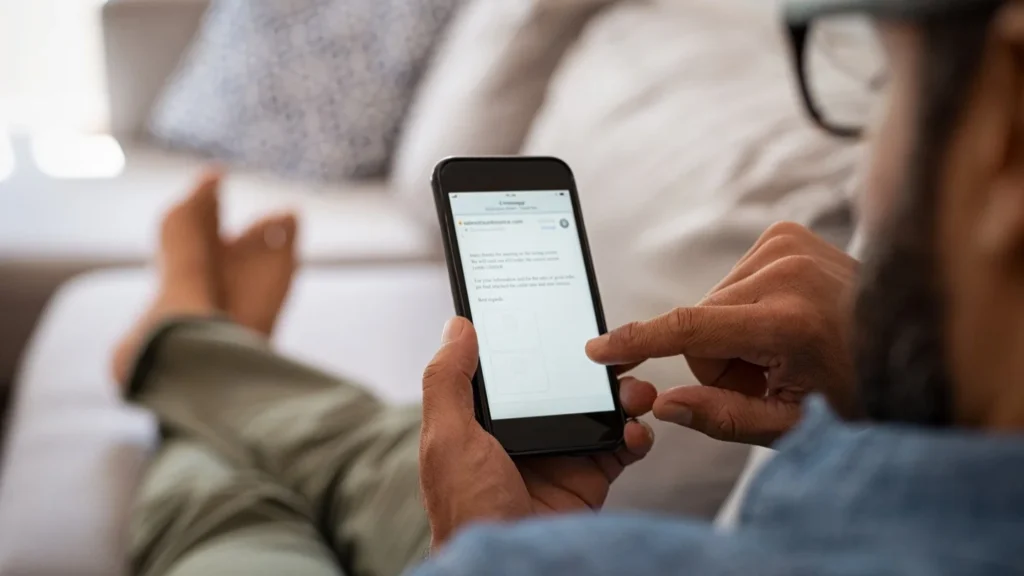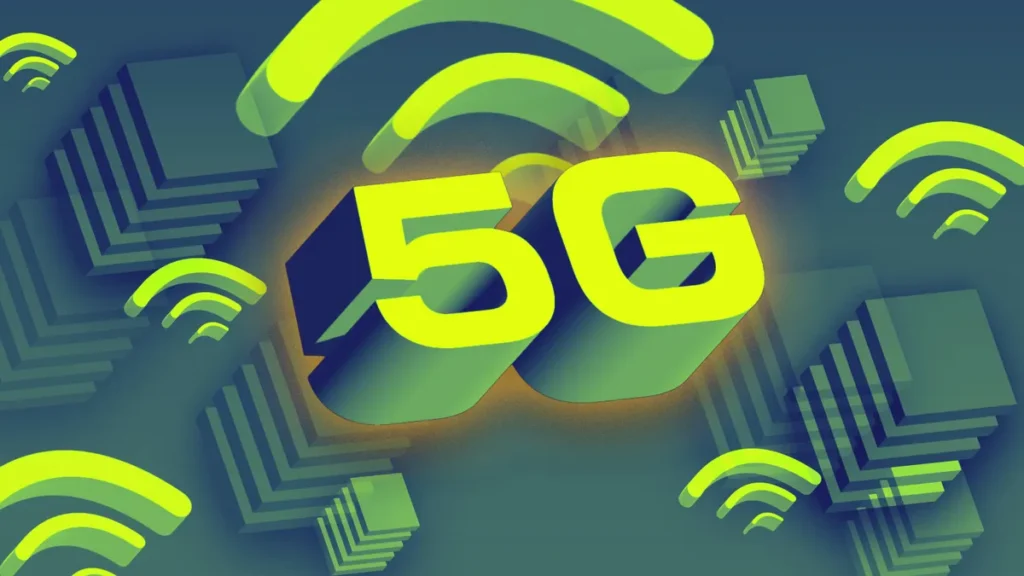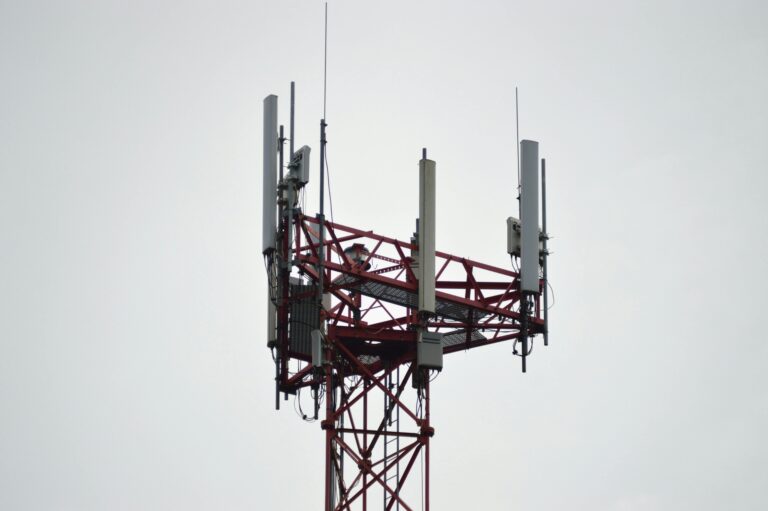Introduction
Getting stuck without internet access can feel like being stranded on a digital island. Whether you’re working remotely from a cabin in the mountains or dealing with spotty coverage in rural areas, how to get internet where there is no service becomes a critical question. The good news? You’ve got more options than you might think.
Modern technology has opened up numerous pathways to connectivity, even in the most remote locations. From satellite internet beaming down from orbit to clever workarounds using your mobile phone, there’s likely a solution that fits your specific situation and budget. Let’s dive into the most effective methods that’ll keep you connected when traditional internet service falls short.

Understanding Your Internet Options in Remote Areas
Before we jump into specific solutions, it’s helpful to understand why some areas lack reliable internet service. Traditional broadband relies on physical infrastructure like fiber cables or copper phone lines. When you’re miles from the nearest cell tower or in mountainous terrain that blocks signals, these conventional methods simply can’t reach you.
However, technology has evolved beyond ground-based networks. Satellite internet now offers global coverage, while mobile carriers have expanded their 5G networks to cover more rural territories. Fixed wireless internet uses radio waves to transmit data without requiring cables, and various mobile solutions can turn your phone into a powerful internet access point.
The key is matching the right solution to your specific needs, location, and budget.
Mobile Hotspot Solutions: Turn Your Phone Into a Wi-Fi Network
Your smartphone might be your best immediate solution for internet access. Most modern phones can create a mobile hotspot that shares your cellular data with other devices like laptops and tablets.
Setting Up Your Mobile Hotspot
Creating a mobile hotspot is surprisingly simple. For iPhone users, go to Settings > Personal Hotspot and toggle it on. Android users can navigate to Settings > Network & Internet > Hotspot & Tethering. Once activated, your phone broadcasts a wi-fi network that other devices can join.
However, there’s a catch. Many phone plans have limitations on hotspot data, and consumer data usage is subject to various restrictions. Usage restrictions set forth by carriers often throttle speeds after you hit certain thresholds. Check with providers like Verizon about their unlimited plans, but remember that “unlimited” often comes with fine print about network prioritization during busy periods.
Maximizing Mobile Hotspot Performance
To get the best results from your mobile phone hotspot, position yourself near windows or elevated areas where cell signal strength is strongest. Consider investing in a cell signal booster, which can amplify weak signals and improve your connection quality.
Keep an eye on your data usage, especially if you’re streaming video or downloading large files. Most carriers offer apps that track your consumption in real-time, helping you avoid overage charges or throttling.
Satellite Internet: Your Gateway to Global Connectivity
Satellite internet has revolutionized connectivity for remote locations. Unlike traditional broadband that depends on ground infrastructure, satellite services beam data directly from orbit to a dish at your location.
Starlink: The Game-Changer
Starlink has become the most talked-about satellite service, and for good reason. SpaceX’s constellation of low-earth orbit satellites provides faster speeds and lower latency than traditional satellite internet. While setup costs run around $600 for equipment plus monthly fees starting at $120, many users find the investment worthwhile for reliable home internet in previously unservable areas.
The beauty of Starlink lies in its portability. You can take your dish camping, to your vacation home, or anywhere you need internet access. Setup takes about 15 minutes – just point the dish toward the sky, plug in the modem, and you’re online.
Traditional Satellite Options
Companies like HughesNet and Viasat offer more budget-friendly satellite services, though they typically come with data caps and higher latency due to their geostationary satellites positioned much further from Earth. These services work well for basic web browsing and email but may struggle with video calls or streaming.
Fixed Wireless Internet: Bridging the Gap
Fixed wireless internet uses radio towers to transmit data to your location without requiring buried cables. This technology works particularly well in areas where cell towers exist but traditional broadband infrastructure doesn’t.
Internet service providers install a small antenna on your roof or property that communicates with nearby towers. Unlike satellite internet, fixed wireless doesn’t suffer from weather-related outages and typically offers lower latency than satellite connections.
Many rural internet service providers specialize in fixed wireless solutions. Contact local providers to check availability – you might be surprised to discover coverage in your area.
Public Wi-Fi Networks: Free but Use Caution
Sometimes the simplest solution is the most obvious one. Libraries, coffee shops, restaurants, and community centers often offer free wi-fi to visitors. Apps like WiFi Map can help you locate nearby wi-fi hotspots wherever you are.
Staying Safe on Public Networks
Using public wi-fi comes with security risks. Never access sensitive information like banking accounts on unsecured networks. Consider investing in a VPN (Virtual Private Network) service that encrypts your data, making it much harder for bad actors to intercept your information.
Look for networks that require passwords or have “WPA2” or “WPA3” security protocols. Avoid networks named things like “Free WiFi” or “Public Internet” – these are often honeypots designed to steal your data.
USB Dongles and Mobile Internet Devices
A wi-fi USB dongle offers another portable solution for internet access. These devices plug into your laptop’s USB port and connect to cellular networks, providing internet without draining your phone’s battery.
Carriers like Verizon, AT&T, and T-Mobile offer various mobile internet devices, from simple USB sticks to more sophisticated portable wi-fi routers that can connect multiple devices simultaneously. These dedicated devices often get better signal reception than smartphones and don’t interrupt your phone service when you’re online.
Choosing the Right Data Plan
Data plans for mobile internet devices vary widely. Some offer truly unlimited data, while others throttle speeds after certain usage thresholds. Consider your internet needs carefully – streaming video requires significantly more data than checking email or browsing websites.
For heavy users, some carriers offer 5g home internet plans that provide broadband speeds through cellular networks. These services work best in areas with strong 5G coverage and can sometimes replace traditional home internet entirely.
Sharing Internet Connections: Community Solutions
Don’t overlook the power of community when figuring out how to get internet in underserved areas. Neighbors with reliable internet connections might be willing to share their wi-fi in exchange for splitting costs.
Setting Up Shared Networks
Range extenders and wi-fi mesh systems can stretch a connection across multiple properties. However, make sure any sharing arrangement complies with your internet provider’s terms of service. Some providers prohibit sharing connections, while others allow it with proper authorization.
Consider creating a formal agreement that outlines cost-sharing, usage guidelines, and technical responsibilities. This approach works particularly well in rural communities where residents face similar connectivity challenges.

5G Home Internet: The Future Is Here
5G home internet represents the cutting edge of wireless internet technology. Major carriers like Verizon and T-Mobile now offer 5G-based home internet services that can rival traditional broadband in speed and reliability.
These services use advanced 5G technology to provide broadband internet without requiring phone lines or cable installations. A 5G router connects to nearby cell towers and creates a wi-fi network throughout your home.
Is 5G Right for You?
5G coverage varies significantly by location. Urban and suburban areas typically have the best coverage, while rural areas may still rely on older 4G LTE networks. Check coverage maps from major providers to see what’s available in your area.
Latency with 5G can be incredibly low – sometimes rivaling fiber internet connections. This makes 5G suitable for gaming, video conferencing, and other applications that require real-time responsiveness.
Frequently Asked Questions
What’s the cheapest way to get internet without traditional service?
The cheapest way to get internet often involves using public wi-fi at libraries, cafes, or community centers. For home use, sharing a neighbor’s connection (with permission) or using your mobile phone as a hotspot with an unlimited data plan can be cost-effective solutions.
How can I get wi-fi in rural areas with no cell towers?
Satellite internet services like Starlink work anywhere with a clear view of the sky, regardless of cell tower proximity. Traditional satellite providers and fixed wireless internet options may also serve rural areas depending on local infrastructure.
Can I use my phone line for internet access?
If you have an existing phone line, you might qualify for DSL service, which uses the copper wires to provide internet access. However, DSL speeds are typically much slower than modern alternatives like satellite internet or 5G home internet.
Final Thoughts: Staying Connected in the Digital Age
Finding how to get internet where there is no service doesn’t have to be an impossible challenge. Whether you choose satellite internet for comprehensive coverage, mobile solutions for portability, or community-based approaches for affordability, there’s likely an option that meets your needs.
The landscape of rural and remote internet access continues evolving rapidly. What seemed impossible just a few years ago – like getting broadband speeds in the middle of nowhere – is now routine thanks to innovations in satellite technology, 5G networks, and creative service delivery methods.
Start by assessing your specific needs, budget, and location constraints. Then explore the options systematically, keeping in mind that you might need to combine multiple approaches for optimal results. With persistence and the right strategy, you can maintain reliable internet access virtually anywhere.
Remember that technology changes quickly in this space. Service providers regularly expand coverage areas, launch new services, and improve existing offerings. What doesn’t work today might be available tomorrow, so don’t give up if your first attempt doesn’t pan out perfectly.

1 thought on “Discover How to Get Internet Where Service Fails”